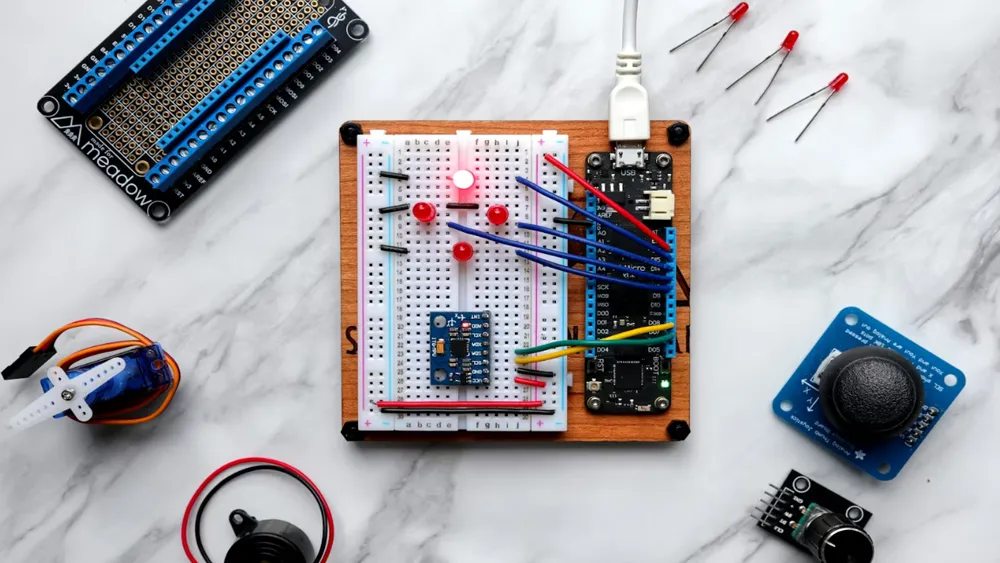
How to get a 16 CFR Part 1218 Test Report?
On April 16, 2024, the U.S. Consumer Product Safety Commission (CPSC) issued the updated regULation 16 CFR Part 1218to ensure the safety and compliance of bassinets and cradles. This regulation aims to protect infants from hazards associated with these products, such as tipping, entrapment, or suffocation. The regulation references the latest standard ASTM F2194-22e1and includes further revisions. Manufacturers of bassinets and cradles should stay informed about updates to 16 CFR Part 1218.
What is 16 CFR Part 1218?
16 CFR 1218 – Consumer Product Safety Commission Part 1218: Safety Standard for Bassinets and Cradles
This regulation sets safety standards for bassinets and cradles. Under 16 CFR Part 1218, these products must meet various requirements related to structural integrity, material safety, design specifications, warning labels, and usage instructions. The goal is to minimize the risk of injury or accidents caused by unsafe products and to ensure maximum infant safety during design, manufacturing, and use.
What is ASTM F2194-22e1?
ASTM F2194-22e1 – Standard Consumer Safety Specification for Bassinets and Cradles
This standard, issued by ASTM International, outlines detailed safety requirements for bassinets and cradles, including structural integrity, material safety, design guidelines, warning labels, and user instructions. Like 16 CFR 1218, its objective is to enhance product safety and REDuce the risk of injury to infants.
Products Covered by 16 CFR Part 1218
This regulation applies to a wide range of bassinets and cradle products, including:
1. Traditional bassinets
2. Bassinet attachments for play yards and strollers (when used independently)
3. Compact bassinets
4. Moses baskets
5. Travel and outdoor bassinets
6. Standalone bassinet mattresses sold separately
7. Combination products (when in bassinet mode), including play yards, bedside sleepers, strollers, and cradle swings with bassinet functionality
Differences Between 16 CFR Part 1218 and ASTM F2194-22e1
Additions:
1. Minimum height requirements for bassinet sides and mattress support from the floor
2. Structural rigidity requirements for bassinet sides
3. Firmness requirements and test methods for sleeping surfaces
4. Maximum head-to-toe slope angle and test method for sleeping surface
5. Maximum allowable side-to-side slope (≤1°) for non-rocking bassinets, with testing procedure
6. Requirements and test methods for electrically powered bassinets
7. Requirements for separately sold bassinet mattresses
Revisions:
1. Certain definitions
2. Horizontal angle requirement for rocking bassinets (changed from ≤7° to ≤1° when stationary)
Removals:
Definitions and test requirements for compact bassinets
Key Revisions in 16 CFR Part 1218
1. Section 5.14: Removed the term "compact bassinet."
2. Section 6.4.2: Deleted stability requirements for compact bassinets.
3. Section 6.10.2: Revised to require that rocking bassinets must have a sleep surface horizontal angle ≤1° when stationary.
4. Section 6.12: Added minimum side and mattress support height requirements.
5. Section 6.13: Added sidewall rigidity requirements.
6. Sections 6.14 & 7.13: Added sleeping surface firmness requirements and test methods.
7. Sections 6.15 & 7.14: Added maximum head-to-toe sleeping surface slope and test method.
8. Sections 6.16 & 7.15: Added side-to-side tilt angle limit (≤1°) for non-rocking bassinets and corresponding test method.
9. Section 6.17: Added requirements and test methods for electrically powered bassinets.
10. Section 6.18: Added requirements for aftermarket mattresses.
11. Sections 8.6.2.3 & 8.6.2.6: Revised warning label requirements.
Testing Services from JJR Laboratory (China)
JJR Laboratoryis a CPSC-accredited testing facility and an ISO/IEC 17025 certified laboratory, holding both CNASand A2LAaccreditations. JJR provides comprehensive 16 CFR Part 1218 Testing and product evaluation servicesfor bassinets and cradles to ensure compliance with the latest U.S. safety standards.
Email:hello@jjrlab.com
Write your message here and send it to us
 What is Amazon TIC and How Can Sellers Achieve Com
What is Amazon TIC and How Can Sellers Achieve Com
 2026 Battery UN38.3 Certification (Test Report) &a
2026 Battery UN38.3 Certification (Test Report) &a
 What is the IEC 62680 Standard? Compliance Interpr
What is the IEC 62680 Standard? Compliance Interpr
 Amazon Japan December Compliance Requirements
Amazon Japan December Compliance Requirements
 How to Check a CPSC-Accepted Laboratory?
How to Check a CPSC-Accepted Laboratory?
 WEEE Registration for Waste Electrical &Electr
WEEE Registration for Waste Electrical &Electr
 MSDS Chemical Safety Testing
MSDS Chemical Safety Testing
 What Are the Differences Between UK REACH and EU R
What Are the Differences Between UK REACH and EU R
Leave us a message
24-hour online customer service at any time to respond, so that you worry!




